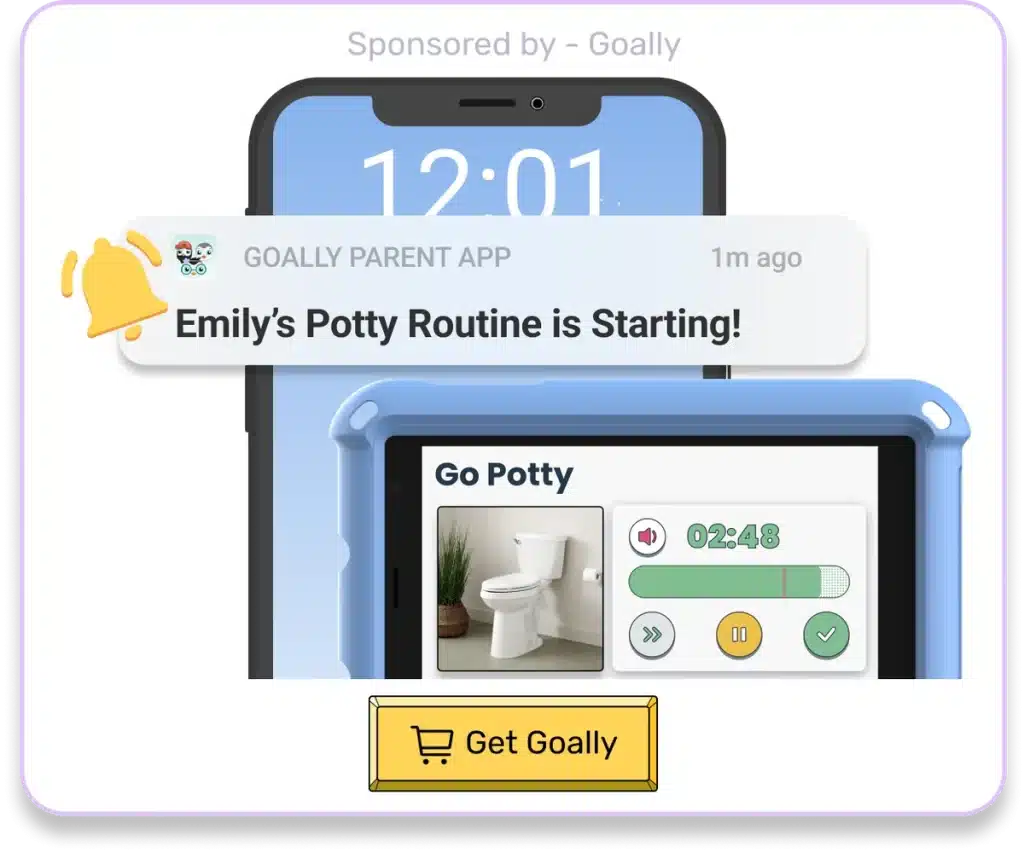As someone who works closely with children, I often encounter parents searching for effective strategies to help their neurodivergent kids thrive. One approach that has shown significant promise is the 10-3 rule for ADHD. This technique is straightforward yet impactful, designed to enhance focus and productivity in children with ADHD. In this post, I’ll explain what the 10-3 rule is, how it works, and how you can easily integrate it into your child’s daily routine.
Table of Contents
Understanding the 10-3 Rule for ADHD: The Basics
So, what is the 10-3 rule for ADHD? In a nutshell, it’s a time management strategy designed to help kids with ADHD focus and complete tasks more efficiently. The concept is simple: for every 10 minutes of focused work, your child takes a 3-minute break. This approach not only helps maintain their attention but also prevents burnout and frustration.
ADHD affects the brain’s executive functions, which are responsible for organizing, planning, and prioritizing tasks. As a result, kids with ADHD often struggle to maintain focus and complete tasks. The 10-3 rule works by capitalizing on short bursts of focused attention, followed by brief breaks to recharge. This approach aligns with the natural attention span of kids with ADHD, making it easier for them to stay engaged and accomplish tasks.
Implementing the 10-3 Rule: Tips for Success
Now that you understand the basics let’s explore some practical tips for implementing the 10-3 rule in your child’s daily routine.
1. Set Clear Expectations
Before introducing the 10-3 rule, explain the concept to your child and set clear expectations. Let them know that they’ll be working for 10 minutes and then taking a 3-minute break. Emphasize the importance of staying focused during work periods and using the breaks to recharge.
Communication is key when setting expectations. Make sure your child understands the purpose of the 10-3 rule and how it can benefit them. Encourage them to ask questions and express any concerns they may have.

Read more: What is the Rule of One in Autism?
2. Use a Timer
A timer is an essential tool for implementing the 10-3 rule. Set a timer for 10 minutes during the work periods and 3 minutes during the breaks. This helps your child stay on track and ensures they don’t get lost in their breaks.
There are various types of timers you can use, such as:
- Kitchen timers
- Smartphone apps
- Online timers
Choose a timer that works best for your child and is easy for them to use.
3. Create a Distraction-Free Environment
Minimizing distractions is crucial for the success of the 10-3 rule. Create a designated workspace for your child, free from distractions like TV, video games, and noisy siblings. Encourage them to keep their workspace tidy and organized, as clutter can be distracting as well.
Some tips for creating a distraction-free environment include:
- Using noise-cancelling headphones
- Setting up a room divider or privacy screen
- Establishing a “quiet time” for the entire household
4. Encourage Movement During Breaks
Physical activity can help kids with ADHD recharge and refocus. Encourage your child to engage in some form of movement during their 3-minute breaks, such as stretching, jumping jacks, or a quick walk around the house.
Here are some ideas for quick, energizing activities during breaks:
- Dancing to a favorite song
- Practicing yoga poses
- Playing with a stress ball or fidget toy

Read more: How do You Get Child to Listen With ADHD?
5. Monitor Progress and Adjust as Needed
Keep an eye on your child’s progress and make adjustments as needed. If they’re struggling to maintain focus for 10 minutes, consider shortening the work periods. Conversely, if they’re breezing through tasks, you might try extending the work periods slightly. The key is to find the right balance for your child’s unique needs.
Regularly check in with your child to discuss their progress and gather feedback. This will help you fine-tune the 10-3 rule to better suit their needs and ensure continued success.
Additional Strategies to Support the 10 3 Rule
While the 10-3 rule can be a game-changer for kids with ADHD, it’s essential to combine it with other strategies to maximize its effectiveness. Here are some additional tips to support your child’s success:
- Establish a consistent daily routine, including regular sleep, meal, and homework times.
- Break tasks into smaller, manageable steps to make them less overwhelming.
- Use visual aids, such as charts and checklists, to help your child stay organized and on track.
- Provide positive reinforcement and praise for their efforts and accomplishments.
- Consider seeking professional support, such as therapy or coaching, to address underlying challenges related to ADHD.
By incorporating these additional strategies, you can further support your child’s growth and development, helping them reach their full potential.
Goally | Routines that Actually Work
Goally’s skill building tablet for kids has routines that break down large tasks into small, achievable steps. It helps kids complete their tasks independently!

Create custom routines with your own videos & pictures for every step. The steps come in small, bite-sized pieces to help your child learn the little fundamentals (like putting the toothpaste on their toothbrush!) to achieve bigger goals. And that’s just the beginning. See it in action:
Embrace the Power of the 10-3 Rule for ADHD
By now, you should have a solid understanding of what the 10-3 rule for ADHD is and how it can benefit your child. Implementing this strategy, along with additional support strategies, can help your neurodivergent child thrive academically, socially, and emotionally. So, give the 10-3 rule a try and see the positive impact it can have on your child’s life!
Helpful Resources
- ADDitude Magazine
- National Institute of Mental Health (NIMH)
- American Academy of Child & Adolescent Psychiatry (AACAP)
FAQ’s About What is the 10 3 Rule for ADHD
What is the 10 3 rule for ADHD?
The 10 3 rule for ADHD suggests taking a 10-minute break after every 3 minutes of focused work.
How does the 10 3 rule help kids with ADHD?
It helps by providing frequent breaks to maintain attention and reduce frustration.
Who can use the 10 3 rule for ADHD?
Parents, teachers, and caregivers can use the rule to help kids with ADHD manage tasks better.
What activities are suitable during the 10-minute break in the 10 3 rule?
Activities like stretching, walking, or a brief physical exercise can be beneficial during the break.
Is the 10 3 rule for ADHD supported by research?
Yes, studies show that frequent breaks can improve focus and productivity for kids with ADHD.
This post was originally published on 05/09/2023. It was updated on 07/26/2024.
Emily is a seasoned blog writer for Goally, leveraging her extensive background in child psychology and special education to provide valuable insights and resources for parents. Her commitment to understanding and addressing the unique needs of these children, combined with her expertise in educational strategies, makes her a credible and empathetic voice for families.






